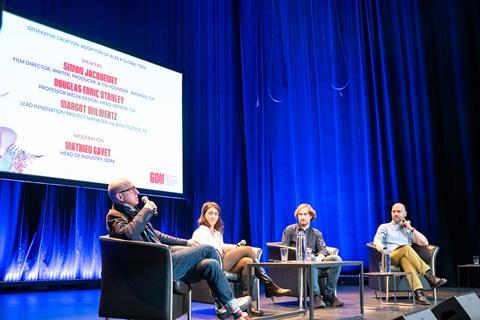
As the use of Artificial intelligence (AI) in some form is becoming commonplace across the creative industries, filmmakers and content creators have described approaching its application with a mix of necessary caution and growing optimism.
AI is mostly being used to increase efficiencies in content creation – whether that be subject matter research, pre and post-production workflow fixes or generating subtitles and dubbing voices – said practitioners at the Geneva Digital Market this week.
“We use AI for the pre-production phase or the post production phase of our projects,” explained Margot Wilwertz, who is the lead innovation project manager at France’s TFI-owned Newen Studios.
She added: “We have been using AI in production extremely rarely, and only in cases which have been discussed with our legal teams. We’re really, really careful with that.”
One exception was taken during the Covid pandemic when two actresses in TF1’s long-running soap opera Plus Belle La Vie (More Beautiful Life) became unwell and were unable to work.
“We either had to reshoot everything we had already shot with the actresses, or ask for permission to use their faces for deep fakes and use another actress to do this,” Wilwertz told the gathered delegates. The actors were asked and signed legal agreements approving the move.
Wilwertz described using AI in production in a TFI documentary about a choreographer for TF1. As part of the film, the choreographer wanted to have a dancer in front of a murmuration of birds. But when it came to the shoot, no flock appeared. “Our solution was to generate the birds and the unique movement using AI,” she said.
Newen was honest with the audience ahead of it airing and everyone in the team was aware of the plan.
Simon Jaquemet, the Swiss film director, writer, producer and co-founder of Zurich-based production company 8horses, learned coding while making his AI thriller Electric Child. His film is now showing at various festivals and explores AI and technology issues as themes in an otherwise traditional live action film.
“We used AI in postproduction with sound to generate AI voice overs,” Jaquemet explained. “You can add a lot of different background voices – I was speaking them all – using voice cloning. We also processed the whole film through an artificial neural network.”
When he was learning to code, Jaquemet created an artificial neural network to change the colours of the negative to look more like a film scan. “There’s also a short, abstract, trippy sequence [In Electric Child}, which was made with AI,” he added.
Jaquemet, like many filmmakers operating in an AI- influenced world, is experimenting with what is available. “I’m really interested in the fully automatic stuff. I coded systems which generate fully automatic music videos for songs you put in.”
He also uses AI for productivity and wants to recreate an assistant like Samantha in Spike Jonze’s film Her. “It would just take care of my admin tasks, freeing me up to concentrate on the projects.”
Douglas Edric Stanley, the Geneva-based professor in media design, has encouraged his students to use AI to create myriad works of art and design pieces. He downplayed the notion AI gets better and better the more it is used.
“You can over- feed it and get worse results,” Stanley suggested.





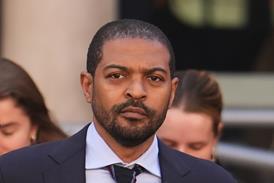

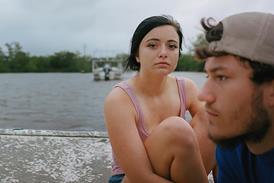




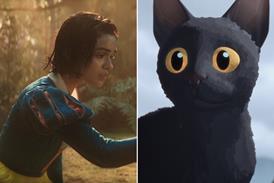
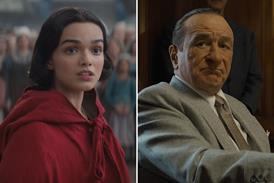
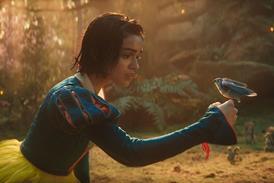










No comments yet